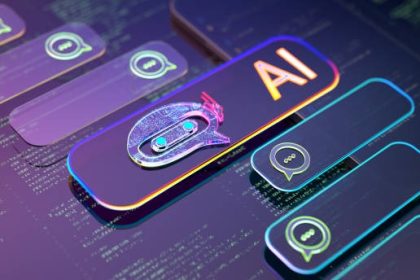In recent years, the rapid advancements in artificial intelligence have led to significant developments in image generation technology. These innovations are not only reshaping creative industries but also blurring the line between what is real and what is artificially generated. The implications of such technologies are profound, raising questions about authenticity, ethics, and the future of digital media.
At the heart of this revolution are generative adversarial networks (GANs), a class of AI algorithms capable of creating highly realistic images from scratch. GANs work by pitting two neural networks against each other: a generator that creates images and a discriminator that evaluates them for authenticity. Through this process, the generator learns to produce increasingly convincing images until they become indistinguishable from real photographs.
The applications for these AI-generated images are vast and varied. In entertainment, filmmakers can create stunning visual effects without costly sets or elaborate special effects teams. Fashion designers use AI to visualize clothing designs on virtual models before producing physical samples. Even architects employ Image generation AI tools to construct lifelike renderings of buildings yet to be built.
However, as these technologies become more sophisticated, they pose challenges regarding trust and verification in digital content. Deepfakes—videos or audio recordings manipulated using AI—have already demonstrated how convincingly false information can be presented as genuine. This raises concerns about misinformation campaigns where fabricated media could influence public opinion or disrupt political processes.
Moreover, there is an ongoing debate about intellectual property rights concerning AI-generated art. Artists question whether creations made by machines should belong to their human operators or if new legal frameworks need establishment for artworks born out of code rather than human imagination.




